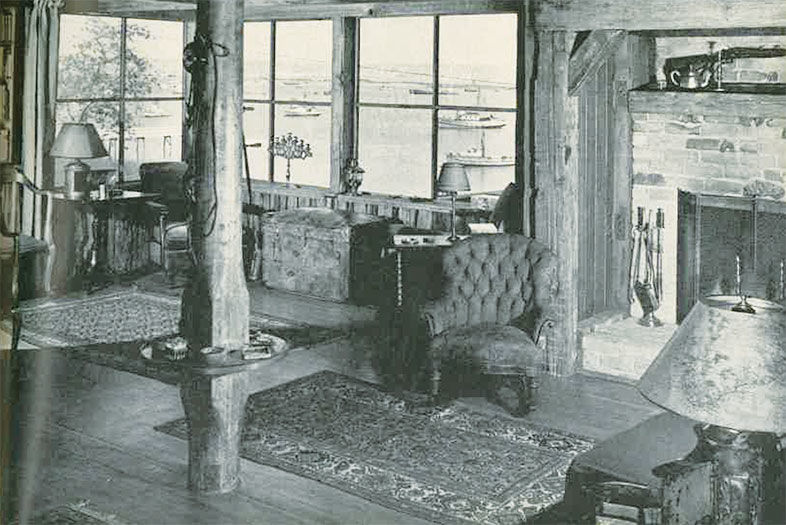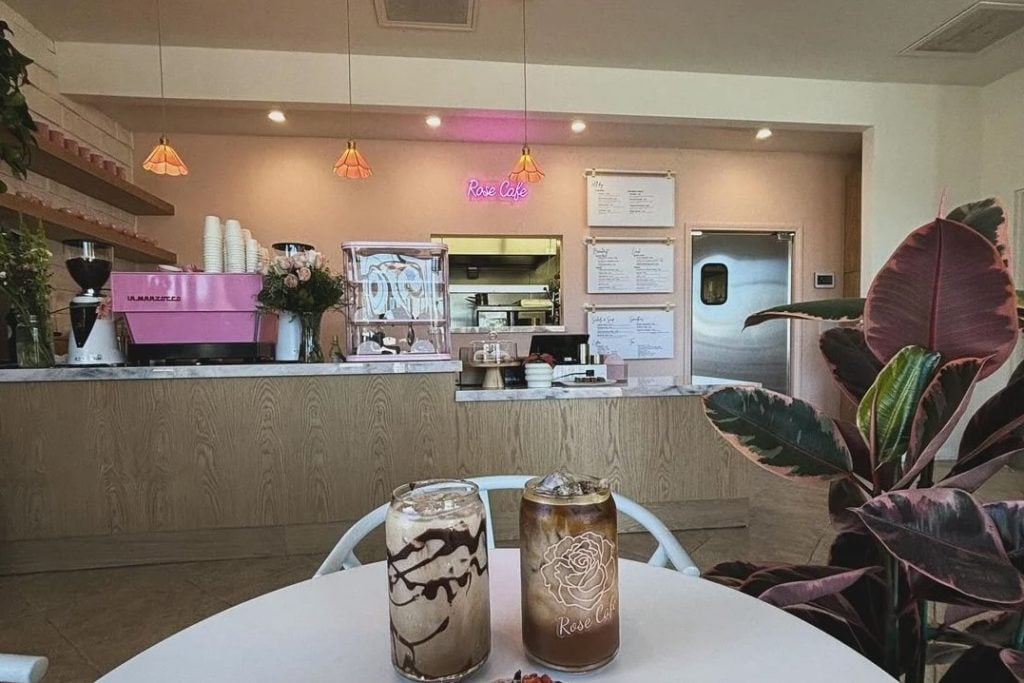Long before HGTV and Joanna Gaines mania, there was a sizable market for design content and shelter magazines. In fact, House Beautiful first published in 1896, The Craftsman in 1901, and Architectural Digest in 1920.
Still not a year old, San Diego Magazine published a home-themed issue in May 1949. Among the stories was “Homes That Aren’t Houses,” a roundup with line drawings of four unconventional homes, two of which are still standing today (the Encinitas boathouses and Valley Center’s Woreland Castle). The others were old streetcars halved and converted to homes, and Escondido’s 50-foot tepee, which high winds toppled in 1977.
In “This Modern Del Mar Home Brings the Outdoors Indoors,” a new house built on the hills above Del Mar is praised for its comforts and conveniences. The layout had fewer separating walls—what we now call an “open concept”—and, back then, it was quite the novelty. The living room, dining area, and entrance foyer “flow naturally into each other, the new leisure floor plan.” Walls of glass for the views, indoor planting beds, and a high-piled lime green rug gave it a modern look. What made it modern, too, was an all–stainless steel kitchen. Appliances included a built-in Thermador oven, electric stove, Hotpoint dishwasher, Philco deep freezer, and a G.E. refrigerator.

From the Archives: San Diego Interior Design in 1949
Over in Point Loma, however, one house was anything but new. In “We Bought a View,” writer Betty Zahn tells how she and husband Curtis purchased a 45-year-old “board and bat box house” in La Playa for $8,500. When the appraiser valued it at $200, they concluded that they’d spent $8,300 on a view of the harbor. The house itself had no gas, no lights, and only an outhouse. The first winter, the Zahns camped there with no heat and “lived like gophers. We don’t recommend this.”
The couple forked over an additional $200 for renovations. At a wrecking yard, they found large gas station windows for a dollar and installed them in their study. This allowed them to enjoy “solar heating”—not to be mistaken for solar panels. The Zahns “rowed out to an adjacent sand island” and brought home driftwood. They put old carpets on the walls for insulation, then hammered the driftwood over the carpet. Says Betty, “Now, when the phonograph is playing, you can hear a pin drop in the bedroom.” The beam in the middle of the living room is an old Navy ship’s mast that cost $1.45 at a surplus lumber yard, and it replaced a partition. For the Zahns, what started as a remodeling nightmare ended in smooth sailing.

From the Archives: San Diego Interior Design in 1949
















